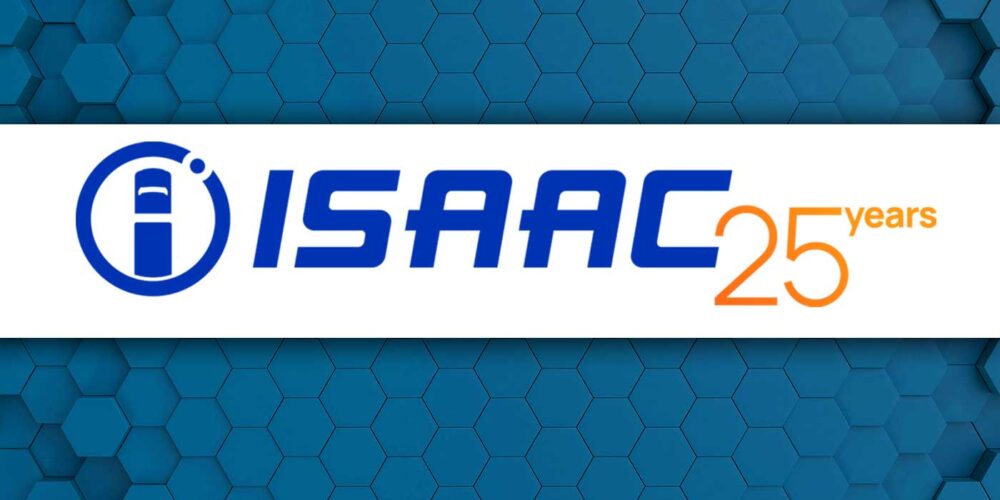It’s easy to think that the transportation fleet industry is advancing at light-speed, especially when you consider how much technological advancement has disrupted the way fleets operate today compared to just five or ten years ago. From the technology found in trucks themselves, such as electronic logging devices (ELD) and telematics, fleets have a wealth of technology available to maximize efficiencies.
In addition to these technologies, fleets are increasingly relying on artificial intelligence (AI) and machine learning (ML) to further improve their operational efficiencies and lower their total cost of ownership (TCO).
Maintenance and repair costs on a 2015 sleeper model-year total $14,472, compared with $2,184 on a new, 2020 model-year truck, providing a savings of $12,288. Across a fleet of 100 tractors, this amounts to $1.2 million
But, you may wonder, what specifically are their uses for a fleet organization, how are they different from one another, and what’s the true benefit?
AI and ML are often confused with each other because the terms are used so interchangeably. ML is actually a part of a larger AI ecosystem, but here’s how they differ and how they work together:
AI is similar to “Big Data” in that it is the ability for computers to take raw, unstructured data and enable organizations to create meaning around it so that analytical teams can make use of the data through executive interpretation.
ML takes place when companies increasingly feed new data to computers so that algorithms can be applied, and new trends can be computed for future AI calculations and outputs.
The use of AI in transportation fleet organizations is expected to grow significantly in the coming years. According to research firm MarketsandMarkets, the use of AI in transportation is expected to grow at a compound annual growth rate of nearly 18% from 2017 to 2030. This means the industry’s use of AI will increase from $1.2 billion in 2017 to $10.3 billion by 2030.
Transportation fleets today are leveraging AI and ML in a variety of ways to improve their fleet operations, such as increasing safety for fleets and their drivers.
Fleets will increasingly use AI and ML to predict maintenance needs on trucks, which can lower the cost of maintenance and repair (M&R) for organizations. This is important because M&R impacts every type of operation and having improper management of M&R can drastically erode profits from the bottom line. It is also the most volatile cost and the older the truck, the costlier it gets.
For more information on fleet maintenance smart technologies, click here.
According to a recent report on lifecycle strategy, with calculations derived from AI-powered TCO software, M&R costs on a 2015 sleeper model-year total $14,472, compared with $2,184 on a new, 2020 model-year truck, providing a savings of $12,288. Across a fleet of 100 tractors, this amounts to $1.2 million.
AI is equipping transportation fleets with the data necessary to be analyzed and interpreted into identifying these cost-reduction trends and insights. With ML, these fleets will continue to feed more data into their systems and structure into formats that produce algorithms to help make intelligent calculations as time goes by (and systems have more data to interpret). ML can also leverage outside data trends, such as truck utilization, M&R, routing and even economic conditions such as gas prices in order to produce bottom line insights that help executives make better decisions regarding their fleets–such as when to replace an aging truck because it costs more to maintain it rather than invest in a new one.
By combining the increased use of technologies such as AI and ML with a bevy of business intelligence tools being leveraged by transportation fleets today, organizations can gain a competitive edge with a fleet of trucks that operate on economic obsolescence rather than functional obsolescence. The spillover effect will benefit everything from driver safety and recruitment efforts to the overall bottom-line cost savings potential.













